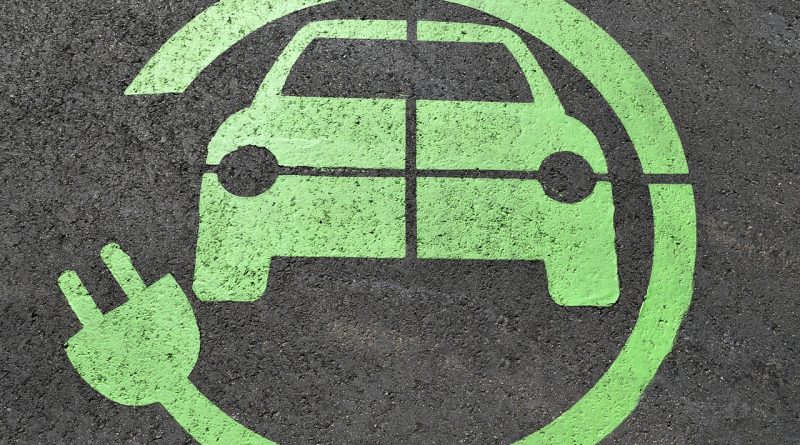Plug-In Vehicles by 2010? Transitional Technology Could Help Make it Possible
Lithium-ion (Li-ion) technology is ready to cause a major stir in the automotive industry, according to panelists at a recent conference in San Jose.
A prominent energy researcher with a government agency believes Li-ion batteries will soon displace the traditional nickel metal hydride (NiMH) batteries usually used in electric hybrid vehicles (HEVs). They may even be better suited for “plug-ins,” or cars that run entirely on electricity and are plugged into an outlet or battery pack to recharge. That’s good news for several leading auto manufacturers set to release plug-ins by 2010.
The advantages of Li-ion battery technology over NiMH are real enough. Li-ion batteries tend to have higher energy density and operate at higher voltages than most other rechargeables. They also have a lower self-discharge rate. This means that Li-ion batteries tend to retain their charge longer than their counterparts.
A leading manufacturer of Li-ion batteries recently announced development of Li-ion batteries with power densities of 3,500 watts per kilo and 3.7 volts. That’s twice the power density of NiMH batteries and three times the voltage. All that power translates into fewer required cells. Fewer cells equals less space and less weight. Less space and less weight equals better fuel economy.
While breakthroughs with Li-ion batteries are coming in surges now, the premiums for these batteries are still at about $10,000 per car by some estimates. Experts believe that cost will decrease as demand increases and production becomes more efficient. Some have pointed out, however, that the batteries are still less expensive than the fuel-cost savings they accomplish.
Barriers still remaining to the full integration of Li-ion technology into the mass production of vehicles include high costs, the impact of charging the battery and its depletion, and keeping batteries at the right temperature. Li-ion batteries are sensitive; environments that are too hot or too cold produce either reduced functionality or dangerous conditions.
Those dangerous conditions are worth noting, too. In 2006, a leading computer manufacturer recalled a whopping 4.1 million laptops with lithium-ion batteries. It was the largest safety recall in the history of the consumer electronics industry, according to a government safety commission. Yet lithium-ions are everywhere. They’re impossible to escape from in modern society. Laptops, MP3 players, common rechargeable battery packs – they all depend on Li-ion technology.
For the moment however, technologies enabling manufacturers to be flexible about which batteries – either Li-ion or NiMH – they place in their vehicles may seem the best option. Manufacturers for the auto industry foresee these transitional dilemmas and are developing hybrid vehicle battery pack electronics designed for various cells that can be globally integrated with lithium-ion or NiMH batteries. The best of them have reusable building-block technologies, can accommodate a range of voltages, have systems that maintain the health of the battery cells and are applicable to mild hybrids, full hybrids or electric vehicles. These “packs” are part of what could make sooner-than-later mass integration of lithium-ion technology into the hybrid market possible.
With some luck and a good bit of research, lithium-ion technology may nix some gasoline bills in the future…or at least, cut them down. With the right technology gurus working together, consumers may eventually cruise around for several hundred miles without filling their tanks, courtesy of lithium.


